US behind annihilation of Yemeni air defense missiles during Saleh's reign: Report
A Yemeni security source says the United States destroyed the country’s air defense missiles during the reign of slain Yemeni president, Ali Abdullah Saleh, over allegations that the weapons would fall into al-Qaeda hands in case the then Yemeni administration was toppled.
The unnamed source told Yemen’s official Saba news agency on Thursday that an American delegation consisting of Program Manager in the Office of Weapons Removal and Abatement (PM/WRA) with the Department of State’s Bureau of Political-Military Affairs, Dennis F. Hadrick, liaison officer Santo Polizzi, technical expert Niels Talbot, Deputy Director of Programs in the Bureau of Counterterrorism and Countering Violent Extremism at the US Department of State, Laurie Freeman, and the military attaché at the US embassy in Sana’a held meetings with Yemeni Ministry of Defense officials at the time to pressure them to hand over the missiles in preparation for their complete destruction. Their demands were initially turned down though.
The source added that Brigadier Ammar Mohammed Abdullah Saleh, a nephew of President Saleh and then deputy director of the National Security Bureau, was then tasked with persuading Yemeni military officials to agree with the surrender and annihilation of the air defense missiles in exchange for hefty sums of money.
The Yemeni security source highlighted that the American delegation began collecting and disabling the missiles in August 2004, and it agreed to continue negotiations through the National Security Agency since the Yemeni Ministry of Defense refused to deal with such talks at the time.
The source said two batches of the Yemeni air defense missiles were detonated in al-Jadaan and Wadi Halhalan areas of Yemen’s central province of Ma'rib on February 28, 2005 and July 27, 2009.
The munitions, which included shoulder-launched and surface-to-air SAM-7, SAM-14 as well as SAM-16 missiles, were destroyed with the assistance of the American company Ronco.
On Sunday, Yemeni armed forces unveiled four domestically-built long-range, surface-to-air missile defense systems, which could act as game changers and alter the course of battle in the face of the deadly campaign led by Saudi Arabia against Yemen.
The president of Yemen’s Supreme Political Council and commander-in-chief of the armed forces, Mahdi al-Mashat, who was speaking at a ceremony in the capital Sana’a identified the systems as Fater-1 (Innovator-1), Thaqib-1 (Piercer-1), Thaqib-2 and Thaqib-3.
The systems have entered service following successful tests, the official announced.
Mashat praised the efforts by the Yemeni Ministry of Defense as regards the development and modernization of the military systems in order to deter or, if need be, confront the enemy.
“The new defense systems will change the course of the battle against the coalition of aggression, and pave the ground for the introduction of more sophisticated systems in order to engage enemy targets,” Mashat stated.
Saudi Arabia and a number of its regional allies launched the devastating campaign against Yemen in March 2015, with the goal of bringing back to power the government of former President Abd Rabbuh Mansour Hadi and crushing the Ansarullah movement.
The US-based Armed Conflict Location and Event Data Project (ACLED), a nonprofit conflict-research organization, estimates that the war has claimed more than 100,000 lives over the past nearly five years.
Saudi Arabia and the United Arab Emirates have purchased billions of dollars' worth of weapons from the United States, France and the United Kingdom in the war on Yemen.
The Saudi-led coalition has been widely criticized for the high civilian death toll from its bombing campaign. The alliance has carried out nearly 20,500 air raids in Yemen, according to the data collected by the Yemen Data Project.
The UN says over 24 million Yemenis are in dire need of humanitarian aid, including 10 million suffering from extreme levels of hunger.
Russia downs over 40 Ukrainian drones as Putin vows 'destruction' on Kiev
VIDEO | Yemen: A bone in Israeli neck
D-8’s role in Iran’s economy after Cairo summit
China slams US as ‘war-addicted’ threat to global security
China ‘firmly opposes’ US military aid to Taiwan
VIDEO | Press TV's News Headlines
President Yoon Suk Yeol to be removed from office
At least 19 Gazans killed by Israeli airstrikes since dawn: Medics





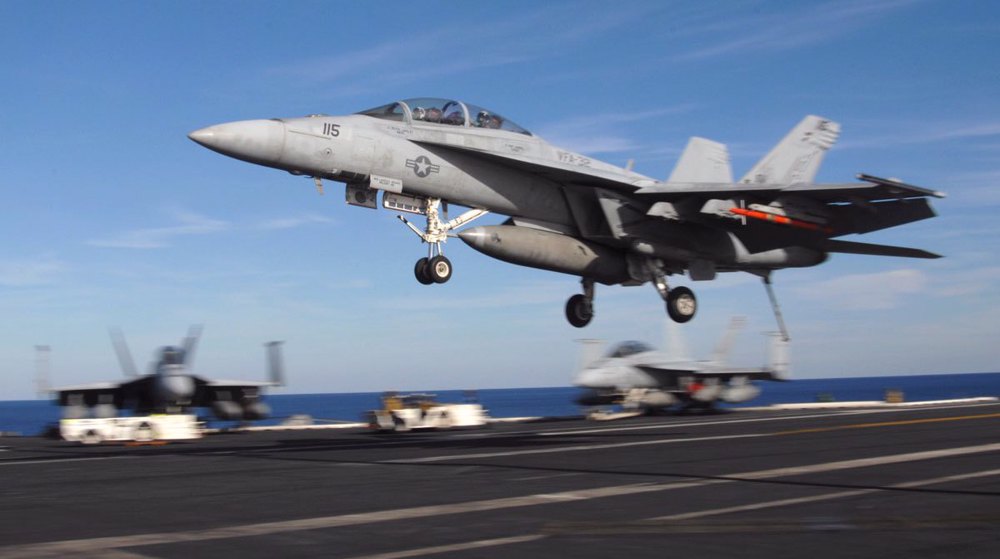
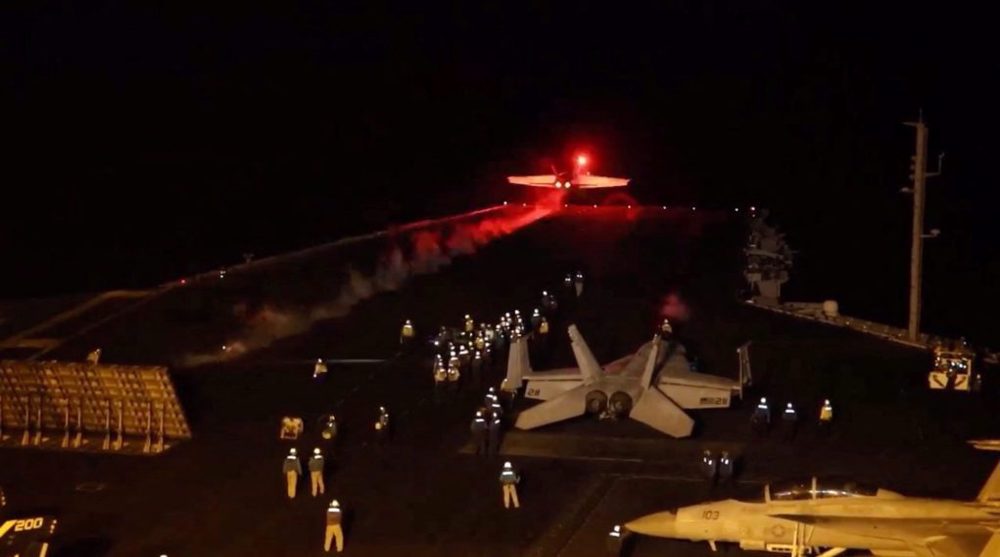
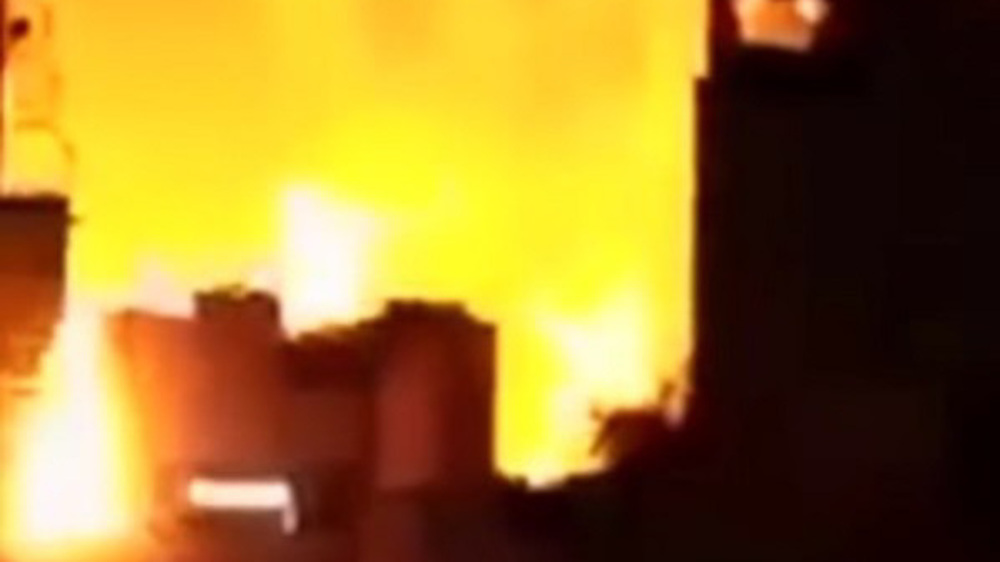



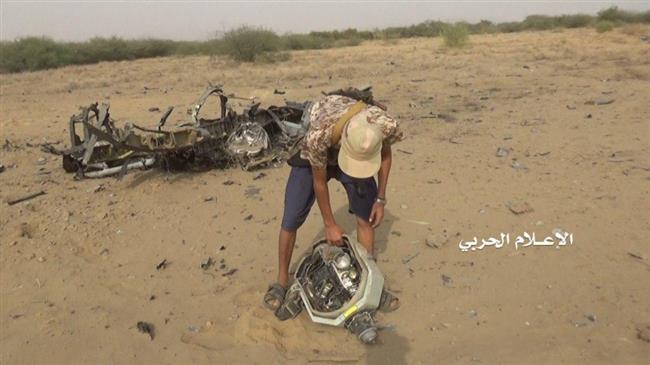
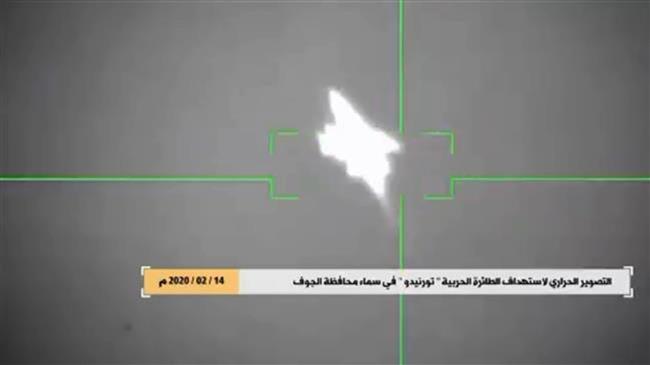
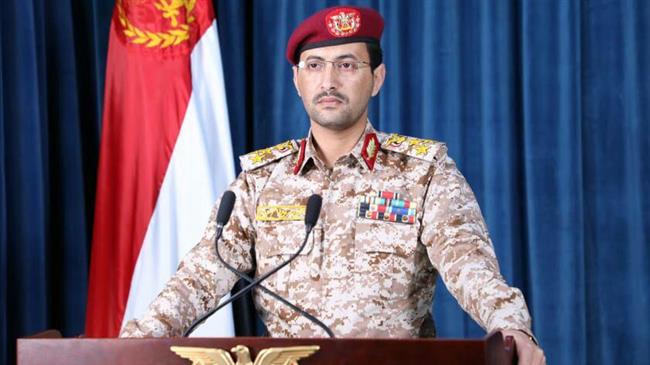
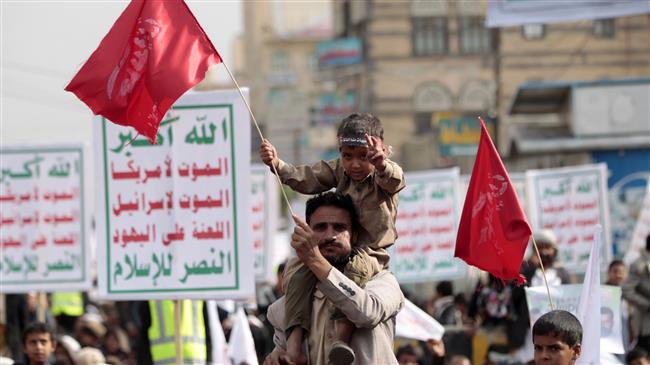


 This makes it easy to access the Press TV website
This makes it easy to access the Press TV website